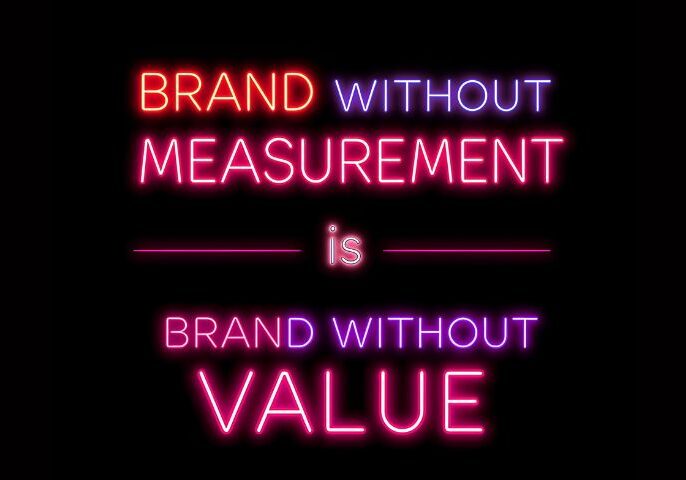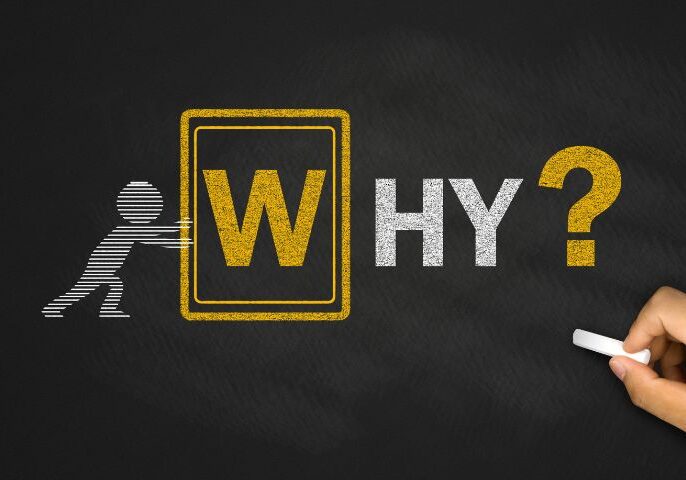Every donation is more than a transaction. It is an act of trust, a moment where someone chooses to invest their money – and their belief – in the promise of an organisation. That moment carries an emotional weight. Psychologists refer to it as the “helper’s high,” a dopamine-driven rush that makes people feel good about giving. But like all emotional peaks, it fades quickly unless it is reinforced.
This is where supporter experience matters most. The thank-you note, the receipt that feels personal, and the follow-up that explains the impact – these small actions transform a single gift into the start of a meaningful relationship. Yet for too many donors, that experience is inconsistent. Some receive nothing at all. Others get a generic confirmation that feels more like a transaction than a partnership.
The irony is that charities are full of people who care deeply. But without the right systems, good intentions get lost. Manual donor care feels personal until it doesn’t happen. Fear of automation often holds organisations back, when in reality, automation is not about caring less – it’s about making sure the caring always happens.
The consequences are significant. In the UK, fewer than half of first-time donors give again the following year. Attrition is not about lack of generosity; it is about lack of connection. Just as businesses focus on customer retention, nonprofits must recognise that improving the supporter journey is one of the most powerful drivers of sustainability. Donors will remember the cause – but they will also remember how the organisation made them feel.
Why donor care often breaks down
When follow-up is inconsistent, it is rarely because people don’t care. More often, it comes down to structural challenges:
- Underinvestment in systems: Many charities still rely on spreadsheets or legacy databases, which make it difficult to automate or track basic interactions.
- Over-reliance on manual processes: A handwritten note feels personal, but it’s not scalable. When staff are stretched thin, these good intentions slip.
- Resource pressures: Small fundraising teams are often juggling communications, service delivery, and events alongside supporter engagement.
- Fear of losing the human touch: Automation is sometimes seen as cold or transactional, when in fact it can ensure that every supporter feels acknowledged.
The result is that donors receive uneven treatment. Some get lucky with a thoughtful thank you; others fall through the cracks entirely. Over time, this undermines loyalty.
The psychology of giving
Science shows why this matters. When someone donates, their brain releases dopamine and oxytocin, creating feelings of reward and connection. But these chemicals don’t last long. Unless reinforced with a positive follow-up, the memory of giving can fade into indifference.
A timely thank-you, a story about the difference their gift made, or even a personal-feeling email from a named individual helps extend that emotional arc. This is what encourages donors to give again. Without reinforcement, many will not.
Think of it as relationship-building. Just as friendships need nurturing, donor relationships require the same attention. A one-off “thanks” is polite. An ongoing conversation is more powerful.
Donors remember how you made them feel
Supporters don’t just remember the cause they gave to, they remember the experience. Did they feel appreciated, valued, part of something bigger? Or did they feel like their gift disappeared into a black hole?
Research from the Charities Aid Foundation shows that trust in charities has been steadily recovering in the UK after dips in public confidence. That trust is fragile, and it is reinforced or eroded at the individual level. Every receipt, every thank-you, every update is part of the trust-building process.
This is why donor care is not a “nice to have.” It is central to long-term sustainability. Acquisition is expensive; retention is cost-effective. A well-designed supporter journey doesn’t just feel good – it pays off.
Automation as empathy at scale
It is easy to see automation as a threat to warmth, but in reality, it is the foundation of consistency. Automation ensures that no supporter is forgotten, no thank-you missed, no welcome delayed. It creates a baseline of care on which real human interaction can be layered.
For example:
- Automatic thank-you emails that address supporters by name and include a personal story.
- A short welcome journey for new donors that explains the impact of their first gift.
- Gentle prompts for gift matching or monthly giving, framed around shared values rather than transactions.
This doesn’t replace handwritten notes or personal calls from fundraisers. Instead, it guarantees that every donor gets acknowledged while freeing teams to focus their personal energy on the relationships that need it most.
In other words, automation is what enables caring and acknowledgement at scale.
The opportunity for the sector
When organisations invest in the supporter experience, they not only strengthen loyalty but also unlock greater lifetime value. A donor who feels cared for is more likely to give again, give more, and advocate on the charity’s behalf.
The challenge is not passion – nonprofits are full of passionate people. The challenge is the process. Many are working with outdated systems, siloed data, and manual practices that can’t keep pace with donor expectations.
Forward-thinking organisations are starting to bridge this gap. They treat every donation as the beginning of a relationship. They measure supporter satisfaction, not just fundraising totals. They recognise that the emotional journey after giving is just as important as the ask that preceded it.
Closing thought
Every charity knows that people give because they care. However, people continue to give because they feel cared for.
The question for leaders is simple: If I made a first-time donation to my own organisation today, would I feel valued tomorrow?
For many nonprofits, the gap isn’t passion. It’s a process. With the right strategy and systems, caring at scale is not only possible but also transformative.






